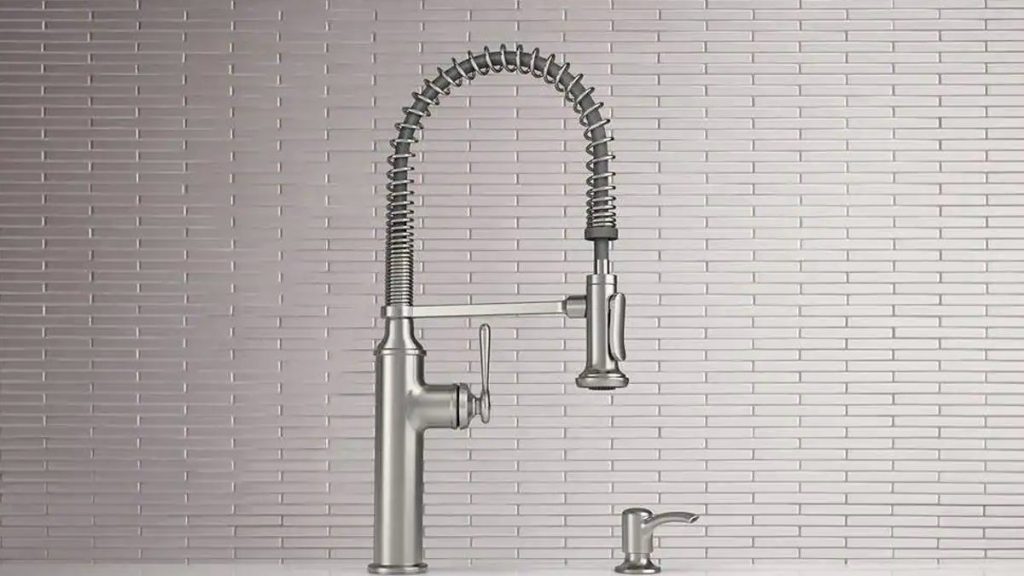When it comes to choosing a kitchen faucet, there are five major components that should be considered for functionality. The first component is mounting, which depends on the number of holes available in the sink for installation. The number of handles on the faucet, as well as additional features like a separate sprayer or soap dispenser, require additional holes. It is important to measure your space and determine the available holes before purchasing a faucet to ensure a proper fit. Gooseneck faucets are common, but lower arc and higher arc options are available, each with their own benefits. Straight faucets are a more affordable option but may take up less vertical space in the sink basin.
The reach of your faucet plays a crucial role in its functionality, determining its ability to easily reach every corner of the sink. Pull-down faucets are the most common type, with a sprayer mounted on a hose that can be pulled down from the arched neck. Pull-out faucets, on the other hand, typically have a lower profile and pull forward from the base, with a longer hose. Stationary spouts, commonly found in straight-neck faucets, may have a separate sprayer attachment mounted on the side of the sink. Consider the layout of your sink area and how you plan to use the faucet when choosing a reach option that suits your needs.
Handles are another important component to consider when selecting a kitchen faucet. Single-handle faucets are the most common and have one handle for adjusting water temperature. They are easy to install but may be tricky to adjust to the perfect temperature. Double-handle faucets have separate handles for hot and cold water, offering more control over the temperature and a traditional look. Touchless or smart features are often available on single-handle faucets. Finishes play a role in the aesthetics of the faucet, with options like nickel, chrome, matte black, and stainless steel being popular choices. Some finishes offer spotless or fingerprint-proof features for added convenience.
Choosing the right kitchen faucet involves considering various factors such as mounting, reach, handles, and finishes. It is important to measure your space and determine the number of holes available for installation before purchasing a faucet. Consider the layout of your sink area and how you plan to use the faucet to determine the reach option that best suits your needs. Single-handle faucets are common and easy to install, while double-handle faucets offer more control over temperature adjustments. Finishes like nickel, chrome, matte black, and stainless steel are popular choices for kitchen faucets, with some options offering spotless or fingerprint-proof features for added convenience.
In conclusion, the functionality of a kitchen faucet depends on various components such as mounting, reach, handles, and finishes. By carefully considering these factors and choosing a faucet that fits your space and usage needs, you can ensure a functional and stylish addition to your kitchen. Whether you opt for a gooseneck faucet with a high arc or a straight faucet with a lower profile, there are options available to suit your preferences and requirements. With the wide variety of styles and finishes on the market, you can find a kitchen faucet that not only meets your functional needs but also complements your kitchen’s aesthetic.


